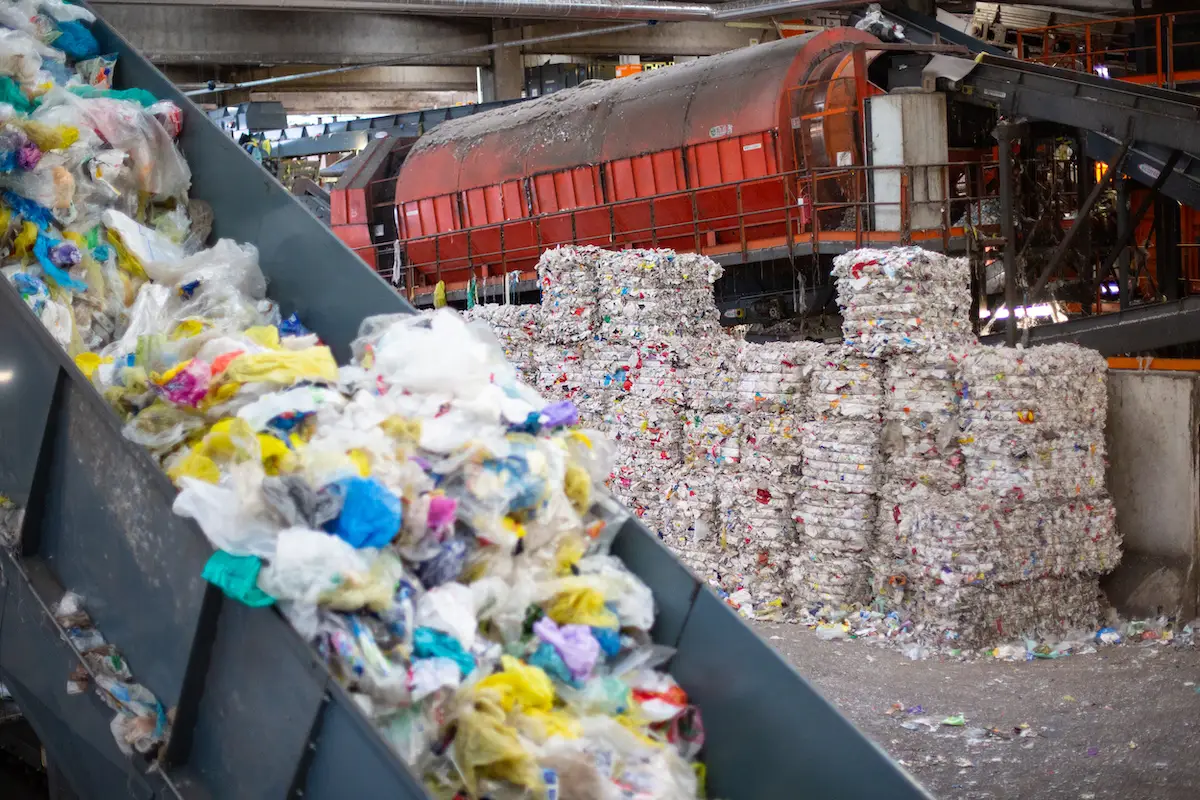
Packaging recycling grows in Italy
According to Conai, 75.3% of waste reused in 2023: EU 2030 targets exceeded

In 2023 Italy recycled 75.3% of its packaging waste, or 10,470,000 tons out of a total of 13,899,000 tons released for consumption. A percentage of recycling in strong growth compared to about 71% in 2022, also due to a reduction in the packs released for consumption in Italy. This was announced by the Conai, National Packaging Consortium, in its General Report.
In detail, 418,000 tons of steel, 59,000 of aluminium, 4,674,000 of paper, 2,164,000 of wood, 1,055,000 of traditional plastic and about 44,000 of compostable bioplastics, 2,046,000 of glass were recycled. If energy recovery is added to the recycling figures, namely the use of packaging waste as an alternative fuel to produce energy, the total of recovered and unfinished packaging in landfill reaches 11,804,000 tonnes, 85% of the packs released for consumption.
The quantities of reused packaging are also on the rise for 2023: in 2012, in fact, Conai introduced tax concessions and simplifications for packaging designed for multi-year use. In 2023, more than 1,200,000 tons of reusable packaging were declared in Conai, up from 1,155,000 in 2022: among these, the most common are wooden packaging, such as pallets, and glass bottles to make the circuit ho.re.ca.
"Encouraging numbers for Italy -explains the general manager Simona Fontana-. The amount of recycled material is growing, and confirms the packaging recycling sector as strategic for the national circular economy. The 2023 results exceed the EU targets set for 2030 despite a difficult general environment for Italian companies. The leap forward in recycling has resulted in an increase in the amount of packaging waste recycled, while at the same time reducing the amount of packaging placed on the national market in 2023. The entrepreneurial fabric, in fact, has resorted to the stocks of packaging and packaged products accumulated in 2022, producing a time lag between the production of packaging, their use and the time when they became waste".
Numbers, underlines the official statement, made possible also by the work carried out by Conai and by the consortium system with the Italian municipalities through the national agreement with ANCI, in agreement with the Consortia.
In 2023, in fact, there were 7,242 municipalities that have signed at least one agreement with the consortium system, with a portion of the population served 96% of Italians: over 15 million are the inhabitants of the Centre-South involved in special territorial projects aimed at growing collections for recycling in areas still lagging behind.
To cover the cost of collecting packaging waste in a differentiated way, in 2023 Conai paid the Italian municipalities 696 million Euro: resources from packaging manufacturers and users who bear the costs of managing the end-of-life of the packaging they place on the market. 2023 recycling results that allow Italy to remain in a solid position in the European framework.
"The overall recycling targets demanded by the Union by 2030, when each State has to recycle at least 70% of its packaging waste, have now largely exceeded -adds Simona Fontana-. According to the latest Eurostat data, Italy is the leader for per capita recycling of packaging in a head-to-head with Germany, breaking several points off the smaller and more manageable Luxembourg".
"It is no coincidence -continues Fontana- that last year the European Commission included our country among the nine not at risk for the achievement of recycling targets, in its report of prior reporting on the implementation of the Directives on waste. This is no time to stop, though. The new European Regulation will call for ever higher interception rates for packs: we must continue to work to increase the quantity and quality of differentiated packaging collections, including through selective collection, where appropriate".
"To improve even more -says Fontana- will be important innovations upstream, in the design of packaging increasingly recyclable and renewable, and downstream, in recycling technologies capable of recovering material from fractions that are even more difficult to recycle today. The wish, then, is that more and more materials can efficiently fit into a sustainable and circular flow. Not only packaging materials, which at European level represent 4% of total waste".
EFA News - European Food Agency